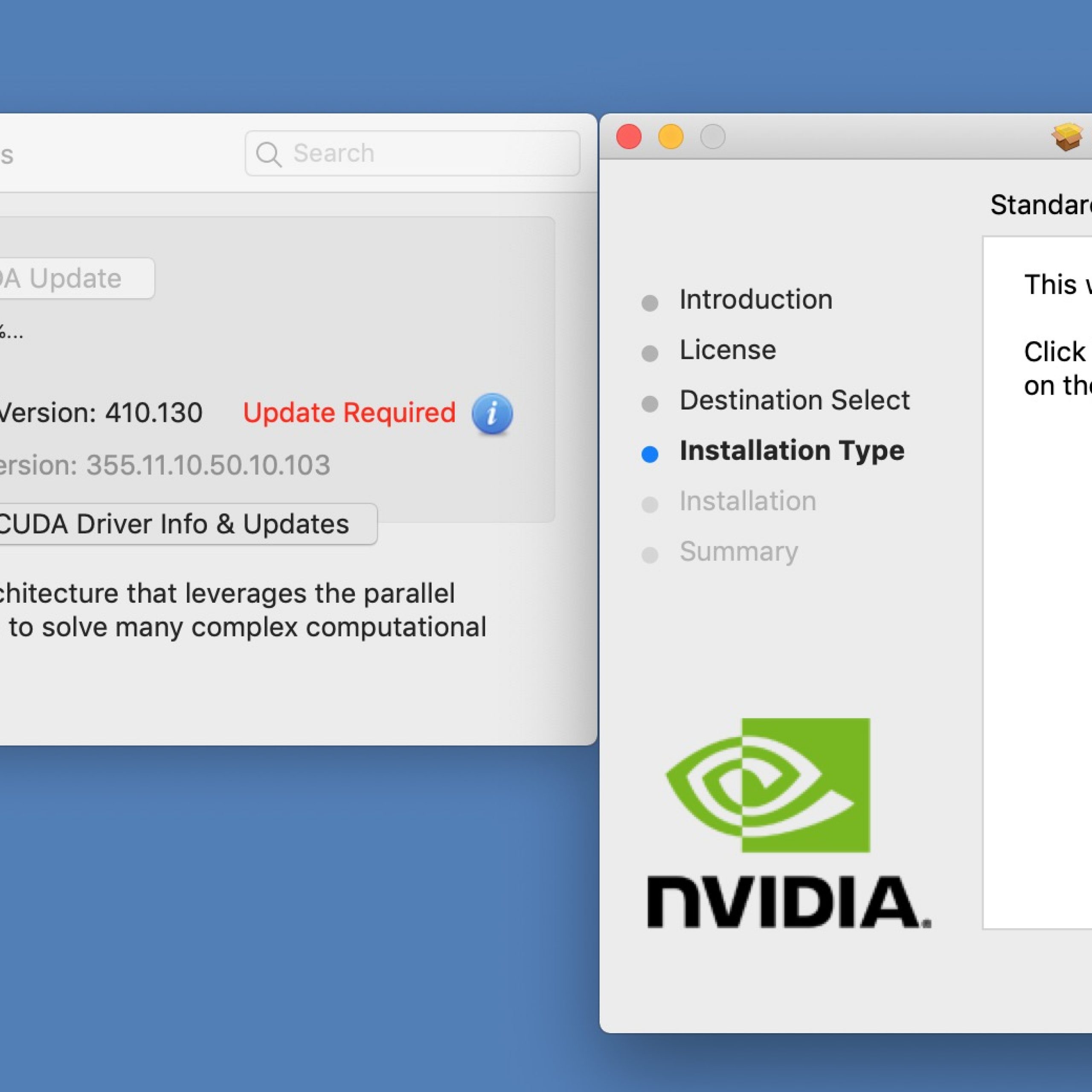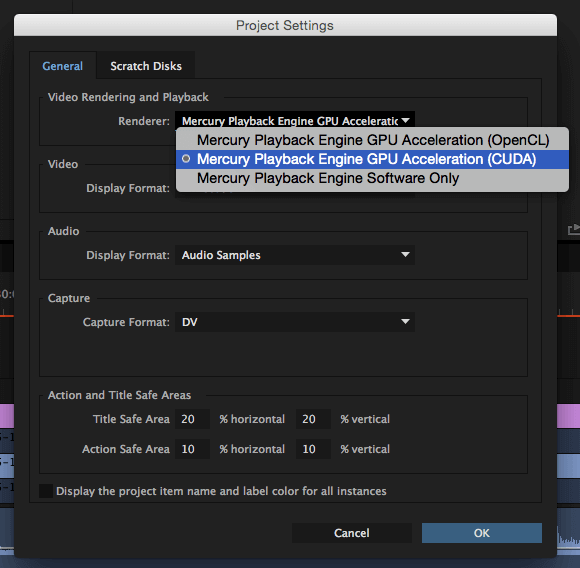

- #CUDA FOR ADOBE CS6 MAC FOR MAC#
- #CUDA FOR ADOBE CS6 MAC PRO#
- #CUDA FOR ADOBE CS6 MAC CODE#
- #CUDA FOR ADOBE CS6 MAC SERIES#
#CUDA FOR ADOBE CS6 MAC CODE#
In OpenCL even CPUs can be put to work using the same code that programs GPUs. Also, while CUDA is proprietary and optimized for Fermi/Kepler architecture and performance, OpenCL is open, and able to utilize any device, which can support its extensions. Therefore the support for OpenCL soon became a standard for nVidia GPUs. Granted, nVidia was collaborating with Apple, AMD, IBM, and Intel on OpenCL since its inception, as part of the Khronos Group.
#CUDA FOR ADOBE CS6 MAC FOR MAC#
So the situation was a bit complicated, especially for Mac users. Of course, it was also Apple’s way of promoting their own standard – OpenCL – which came about partly as the competition to nVidia’s CUDA. Now, this could really have been considered the middle finger to Adobe, considering FCP and Motion as competing products, and we know that Adobe engineers were not happy about the turn of events. On the other hand, Apple stuck to ATI cards, giving the users very limited offer, if they wanted to profit from CUDA. Personally, I never bought into Quadro hype, because the benefits were not there. Adobe officially pushed heavily for Quadro solutions, which were way overpriced, and in terms of performance always behind the latest GTX series.

It was Intel CPU and some kind of CUDA GPU. Essentially, if one wanted to use Adobe software, the choice was completely gone.
#CUDA FOR ADOBE CS6 MAC SERIES#
The trouble began when Adobe started to use nVidia’s CUDA technology for acceleration, and when the performance of Intel’s new iCore series left AMD far behind.

In fact, the Pentium 4 fiasco was the moment when I really hoped that AMD will become the leading player in the CPU game. Even though they usually lagged a bit behind nVidia and Intel, it was good to have competition which would keep the big players in check. Personally, I always liked AMD and ATI for their affordability, power saving, and sensible performance. While at first it might look like Apple again showing the middle finger to all CUDA users, and perhaps to Adobe or BlackMagic, “it ain’t necessarily so”. Perhaps one of the biggest surprises during the recent sneak-peek of the new Mac Pro was the inclusion of AMD FirePro GPUs.


 0 kommentar(er)
0 kommentar(er)
